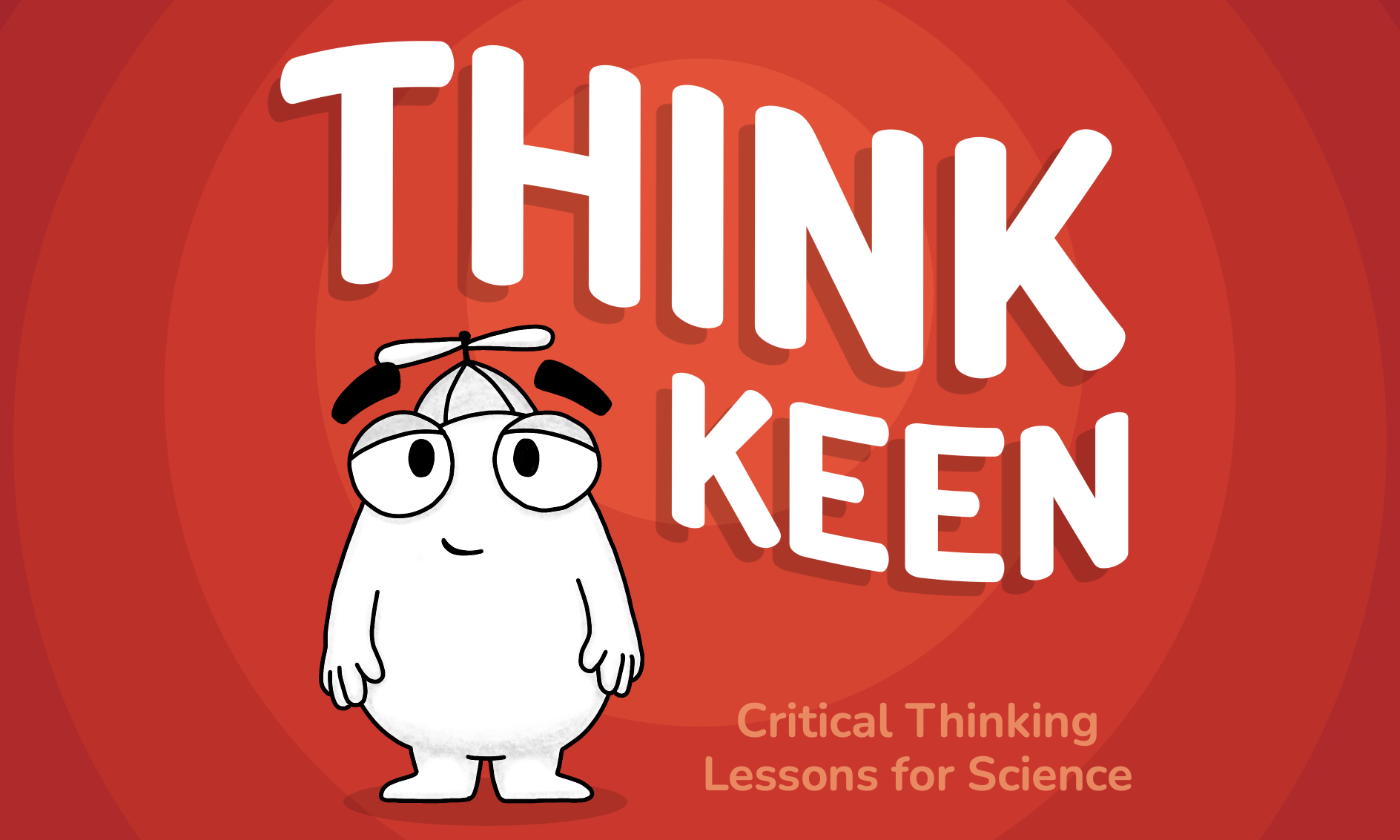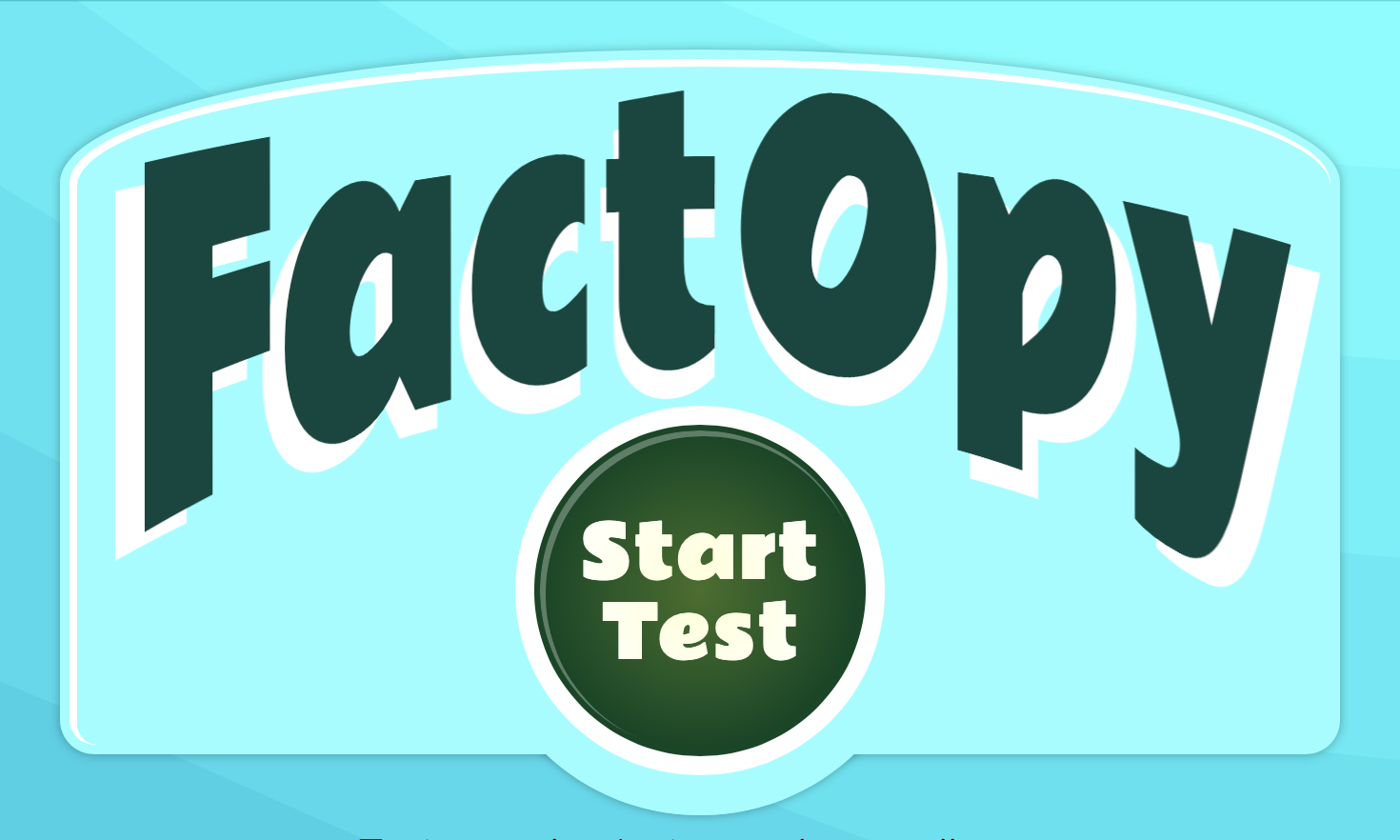About This Lesson
ThinkKeen.com is a free web app to teach critical thinking skills for science. This fills in the gaps in the NGSS & state standards to arm students against science disinformation — lessons and quizzes to distinguish anecdotal stories from empirical evidence, science from pseudoscience, evidence-based medicine from alternative medicine, fringe opinions from scientific consensus, and fact from conspiracy theories. Also covers randomized control groups, placebos, sample size, double-blinded, misleading claims, misunderstanding of “natural”, and other misperceptions of science.








